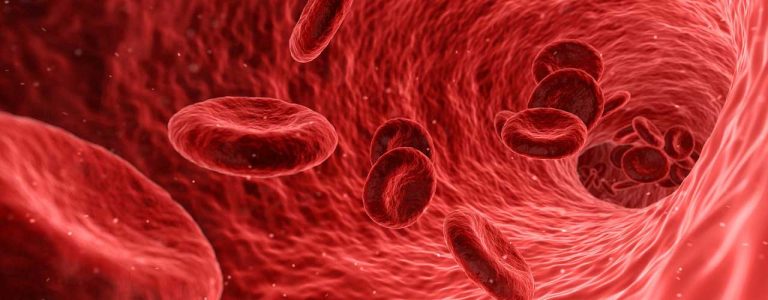Synthetic Marijuana, also called K2, Spice, Green Giant, Yucatan Fire, Skunk and Fake Weed is an unregulated herbal mixture sold as potpourri, created by spraying psychoactive chemical additives over dried plant material. Although this packaged product is labelled ‘not for human consumption’ it is widely smoked as an alternative to organic ‘real’ marijuana. This product, when smoked or ingested, creates mind altering effects (elevated mood, a feeling of relaxation, altered perception, paranoia, anxiety and hallucinations).
Until recently, these products were sold legally in gas stations and head shops across the U.S. but the DEA has now listed the 5 most common synthetic cannabinoids found within them as Schedule I controlled substances, making them illegal to buy, sell or purchase. The manufacturers of these synthetic cannabinoids continually change the chemicals they use in an attempt to escape the new legal restrictions which, in turn, create an ever changing product with no set standards on quality or composition.
One might ask, “Why does anyone use these substances and not just regular marijuana?” The ease of purchase, the labeling as ‘natural’ and the fact that the synthetic chemicals used have not (until recently) been easily detectable using normal drug testing methods have led to their high popularity especially among male, high-school age children. The national numbers from 2012 of illicit drug use by high school kids are troubling; Marijuana 36.4%, Synthetic Marijuana 11.3%, Hallucinogens 4.8%, Salvia 4.4% and MDMA 3.8%.
At this point in time there have not been any studies of how these synthetic cannabinoids effect the brain. We do know that they interact with the same receptors as THC and due to their chemical composition may be much more powerful and unpredictable in their actual effects. Over the past few years users who have been taken to Poison Control Centers and ERs have symptoms ranging from vomiting, nausea, confusion, agitation, rapid pulse and breathing as well as vivid hallucinations. There have been reported heart attacks induced by consumption of synthetic marijuana as well as elevated blood pressure.
Related article: withdrawal symptoms of mdma
So far, there have been no scientific studies of Spice’s effects on the human brain, but we do know that the cannabinoid compounds found in Spice products act on the same cell receptors as THC, the primary psychoactive component of marijuana. Some of the compounds found in Spice, however, bind more strongly to those receptors, which could lead to a much more powerful and unpredictable effects. Because the chemical composition of many products sold as Spice is unknown, it is likely that some varieties also contain substances that could cause dramatically different effects than the user might expect.
Although it is still unclear how bad these substances are for us the initial results of use seen in this country should cause alarm in the public health arena.





